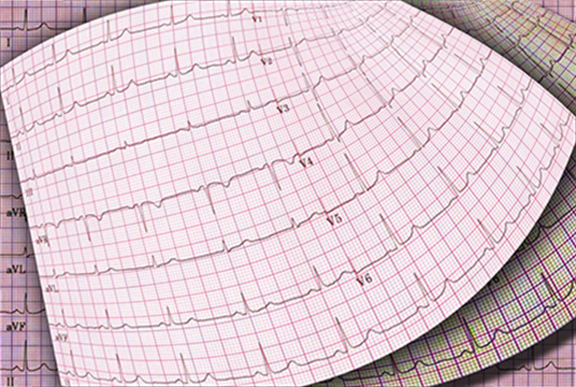Ankle Brachial Index (ABI)
An Ankle Brachial Index (ABI)is a safe, non-invasive procedure used to examine arterial flow and diagnose problems that may result in Peripheral artery disease (PAD). 
Peripheral artery disease (PAD)is a medical condition that causes leg pain that gets worse with activity. The pain associated with PAD is called “claudication”. PAD affects the blood vessels called arteries that bring blood to the legs. PAD can also cause wounds to heal more slowly than usual.
Some people have a greater chance of getting PAD, such as those who smoke, have diabetes, high cholesterol, or high blood pressure. If you have any of these conditions consult your doctor to decide if you might need further testing for PAD with an ABI. Additional information regarding your risk for PAD may be found using our online Peripheral Vascular Risk Assessment Tool
How is the test done?
An ankle brachial index is used to confirm the diagnosis of PAD. To obtain the ABI a blood pressure cuff is placed at the ankle and resting blood pressure is measured. This measurement is then compared with the resting blood pressure in the arm. The ratio of the two pressures defines the ankle brachial index. This index provides a measure of the severity of disease.
A low ABI is associated with a higher risk of coronary heart disease, stroke, transient ischemic attack, and kidney disease. Further evaluation may be recommended based on the ABI results.






